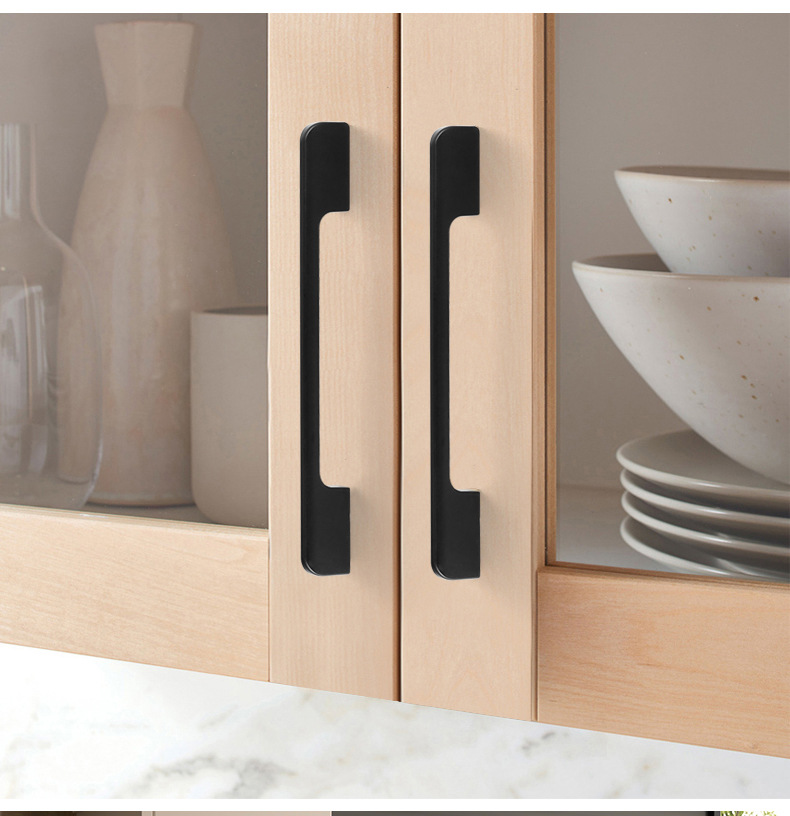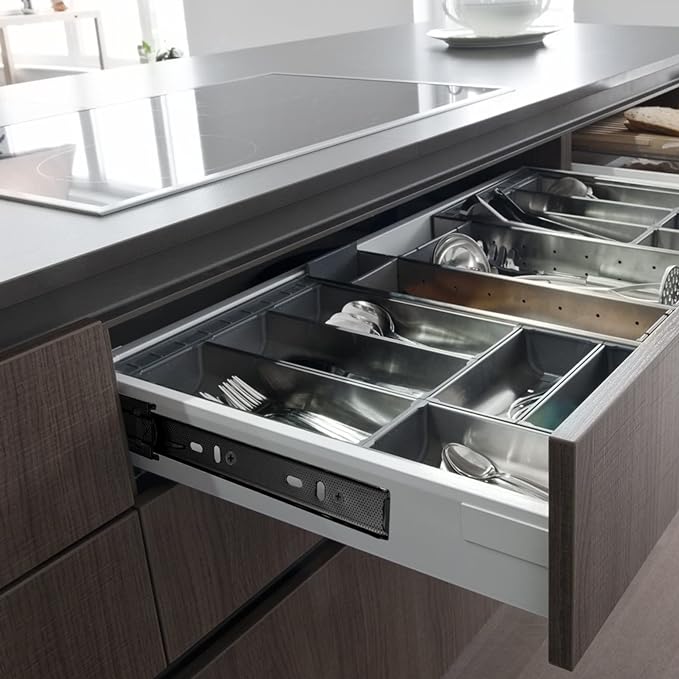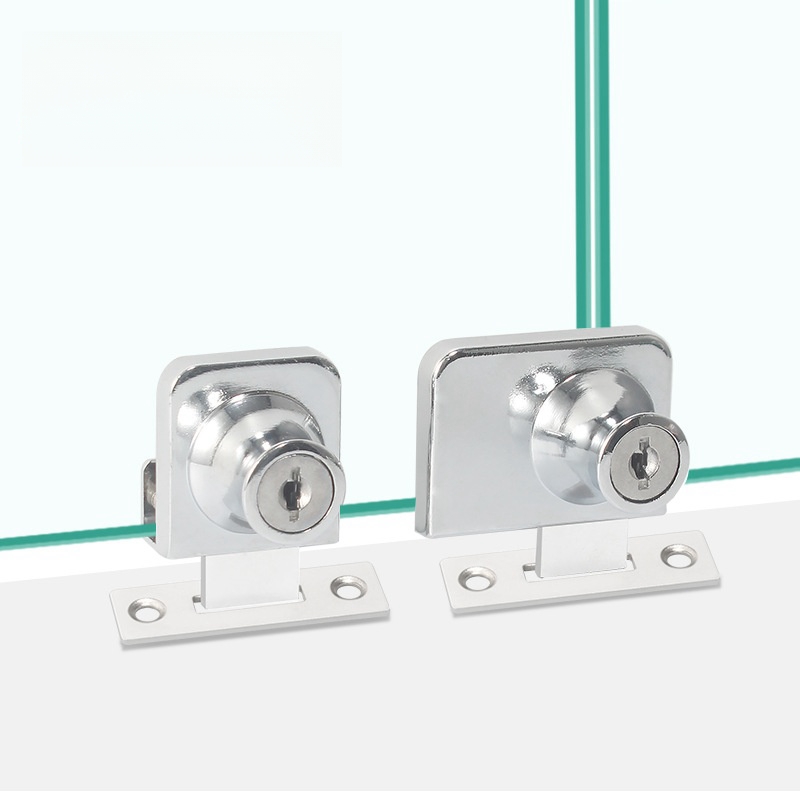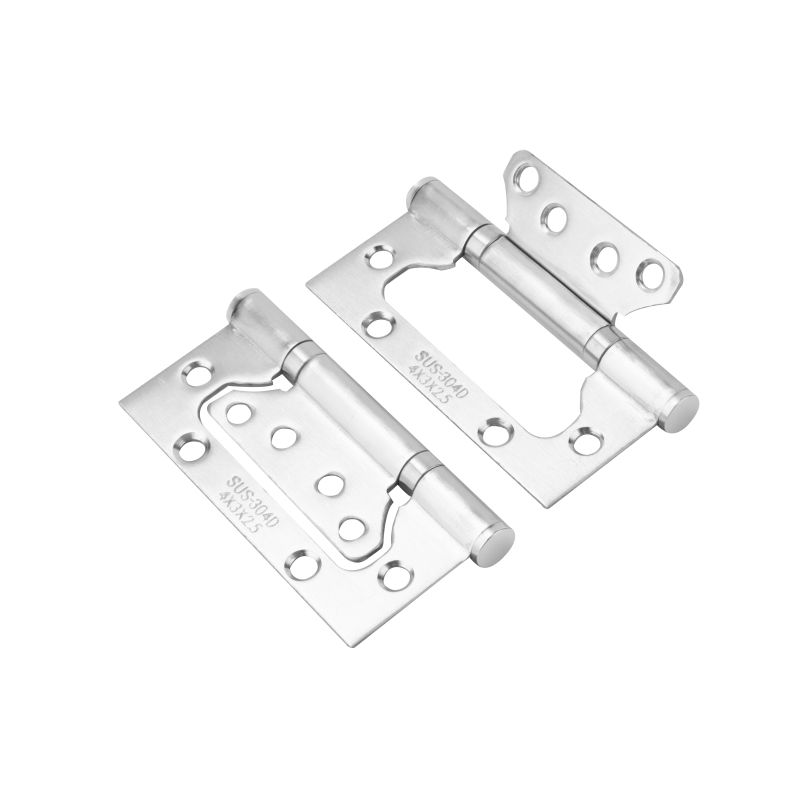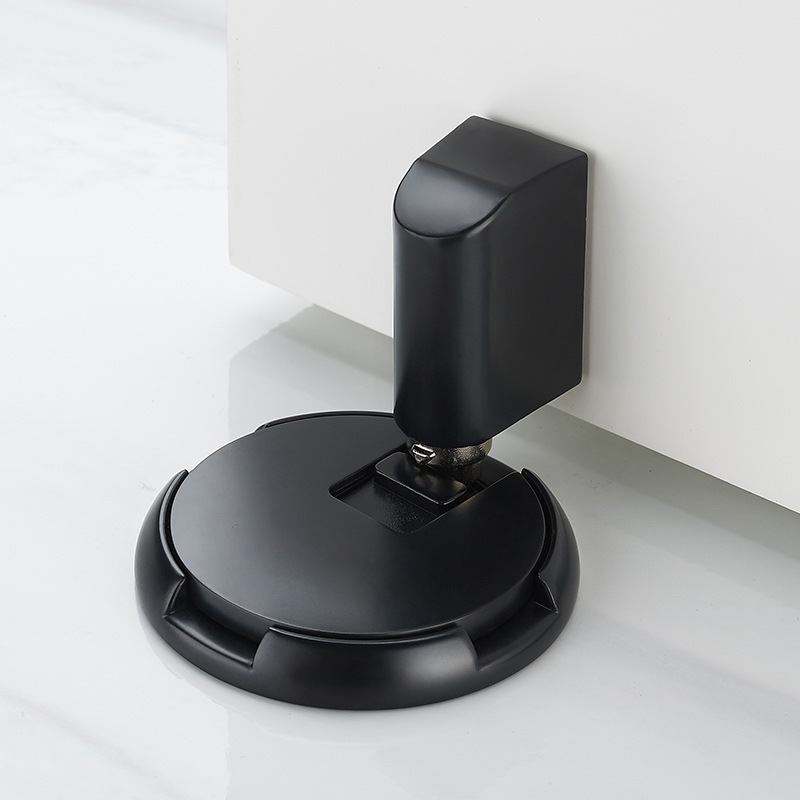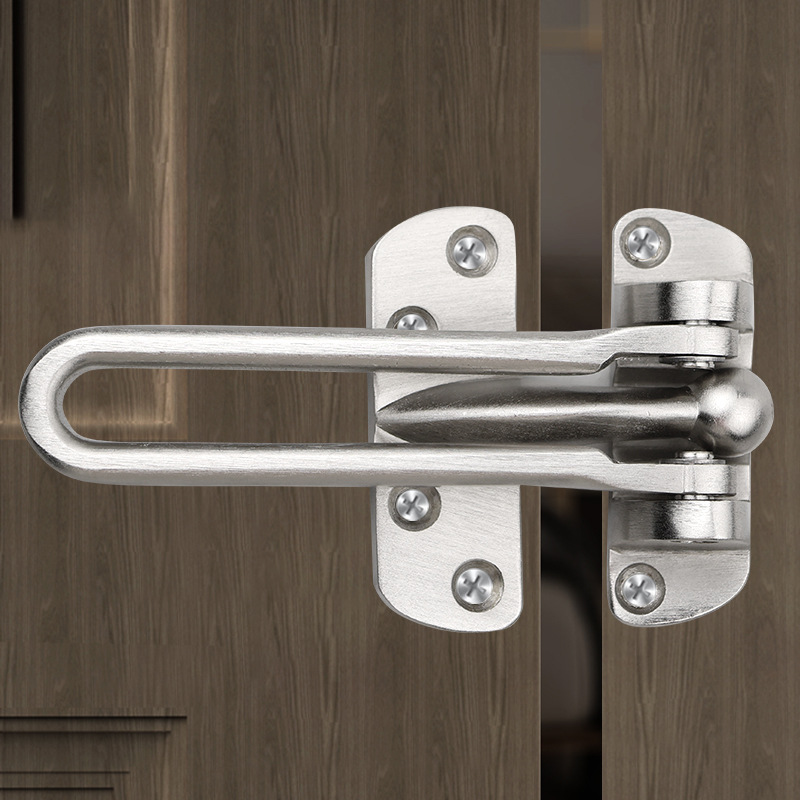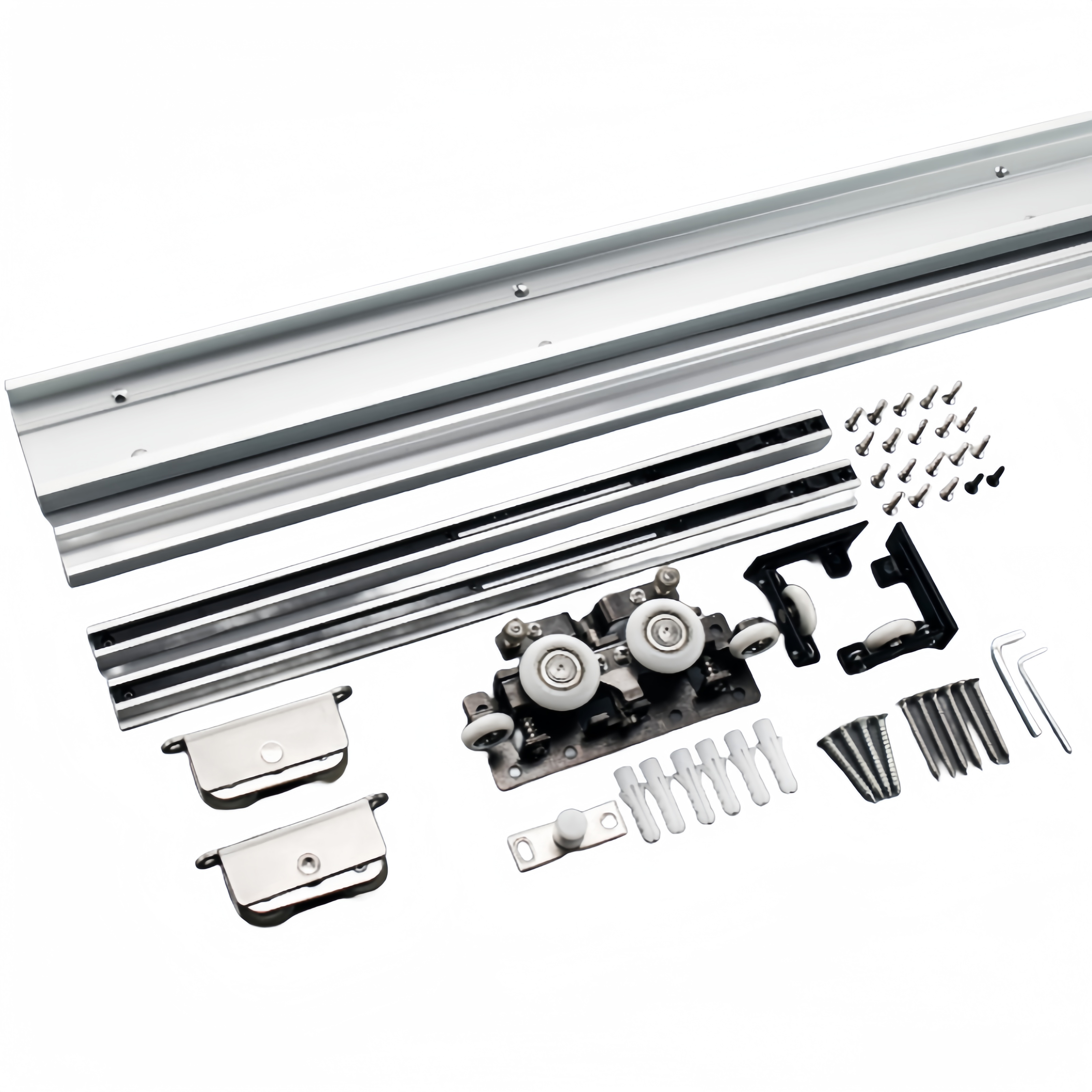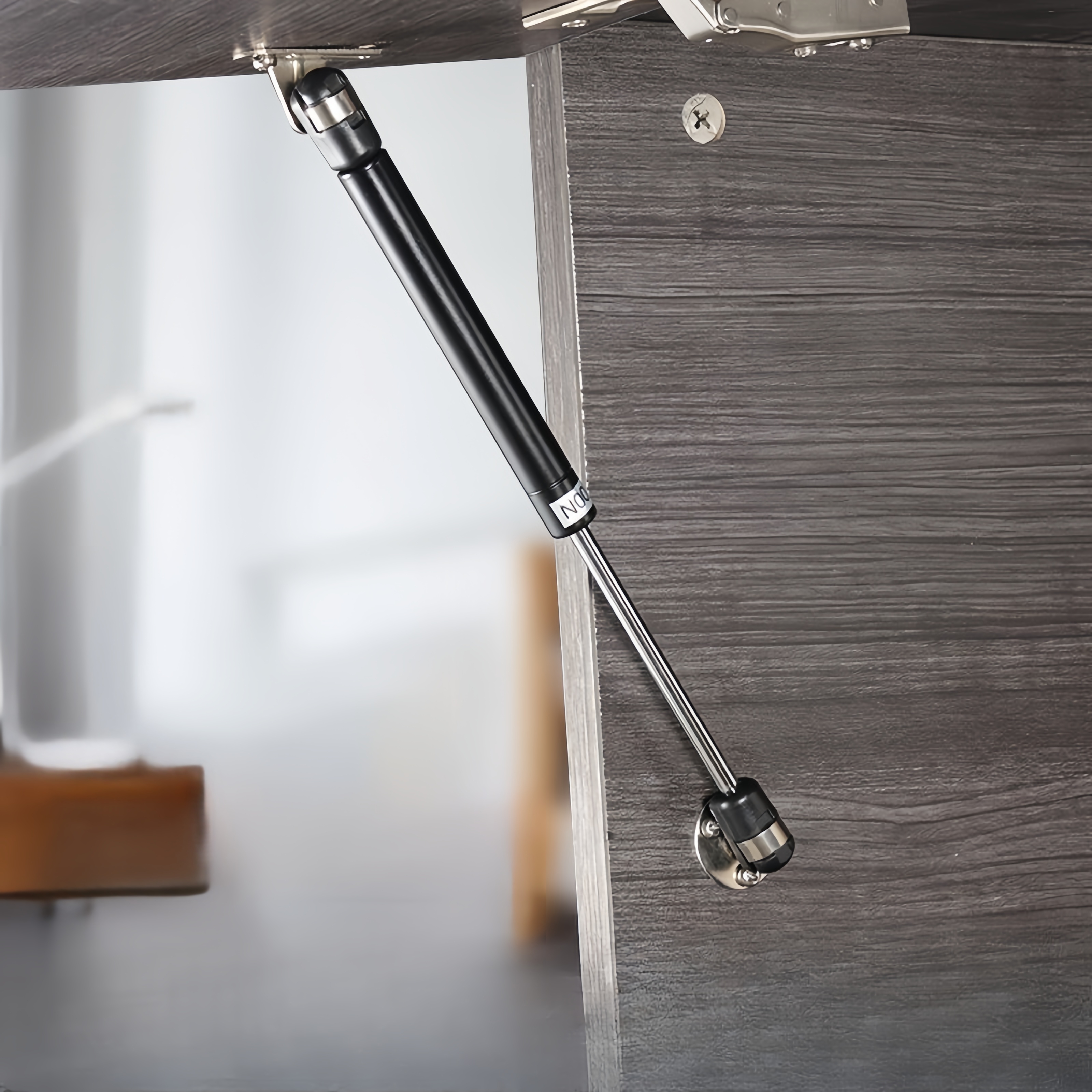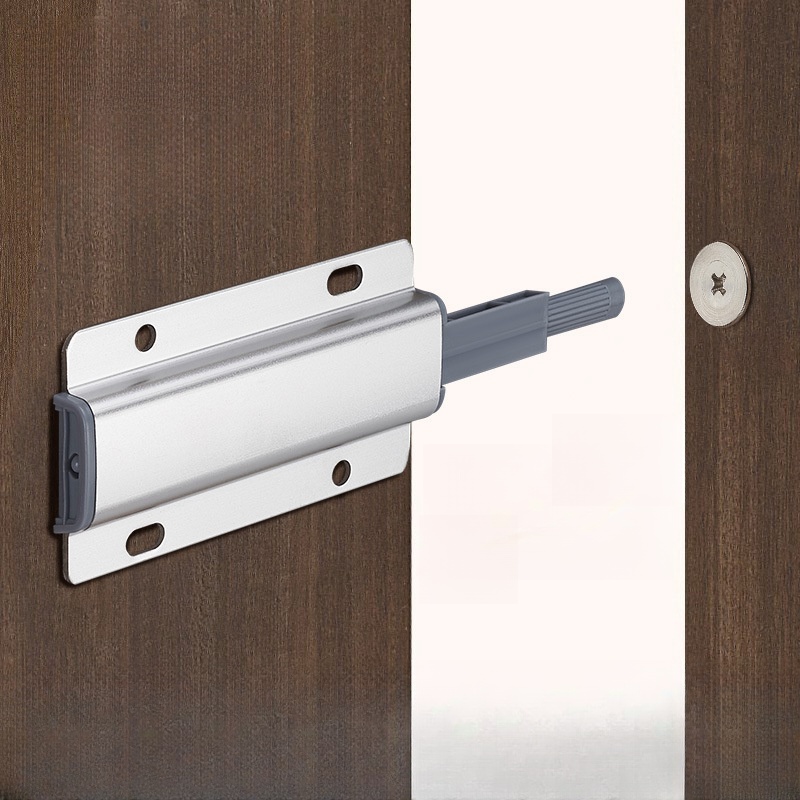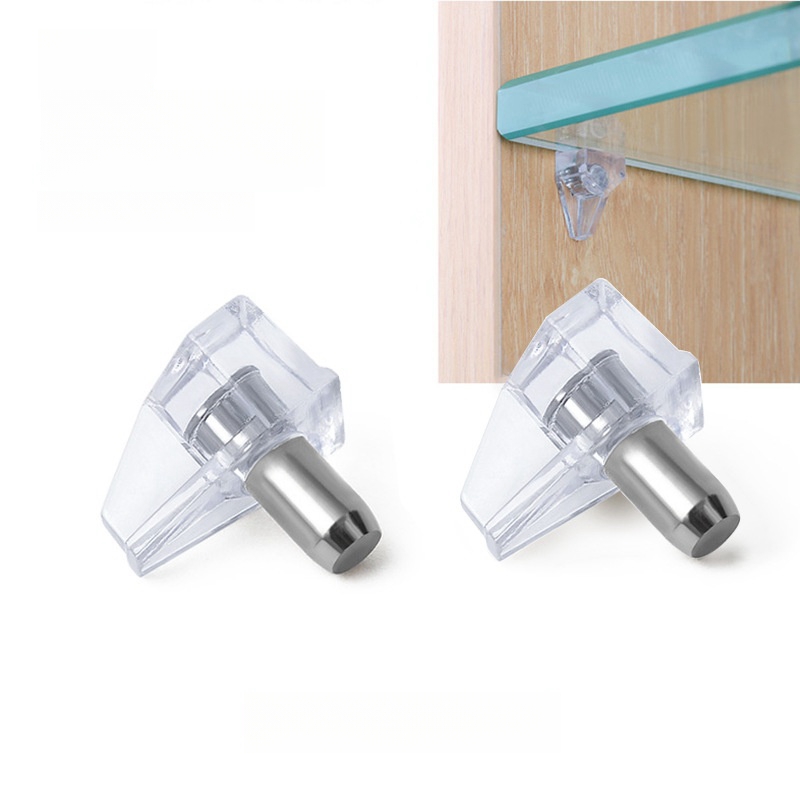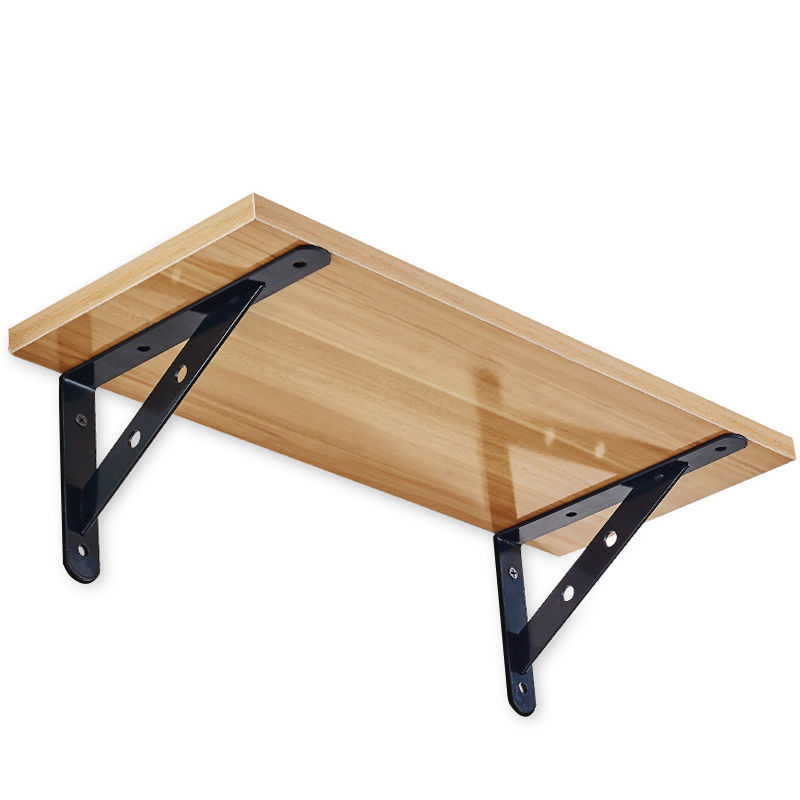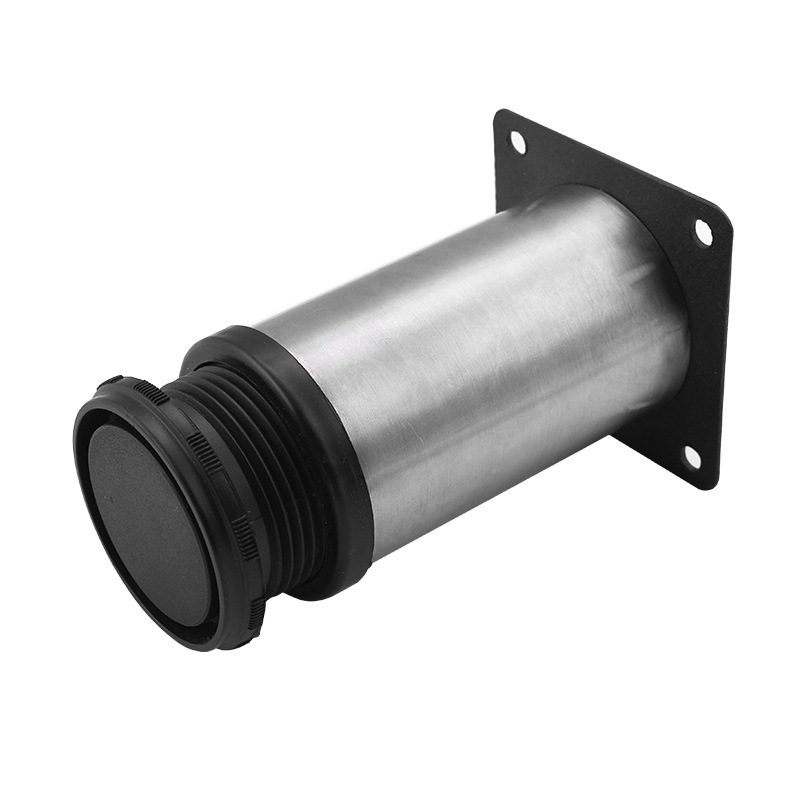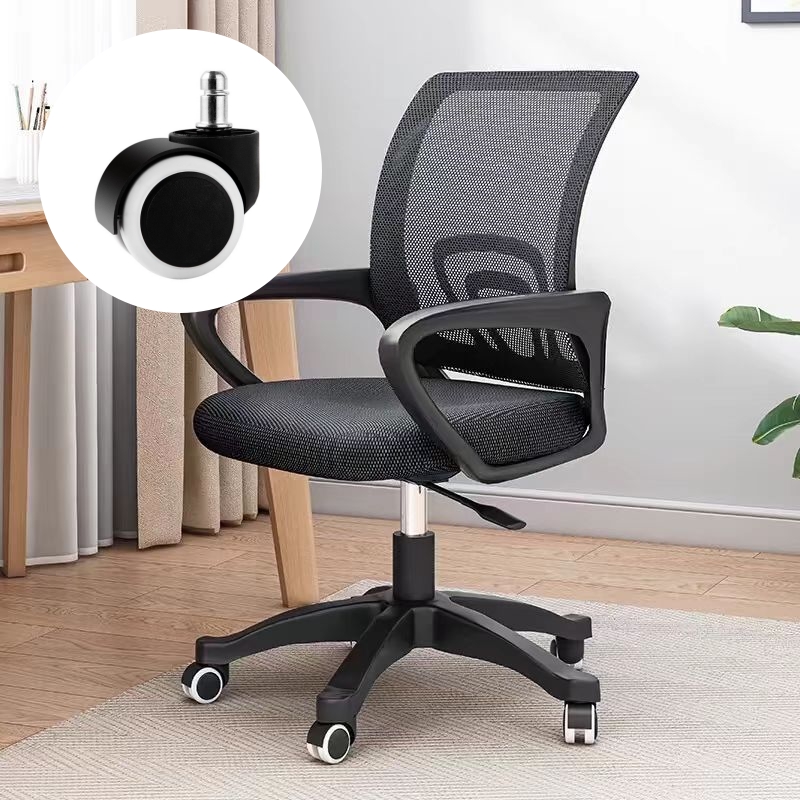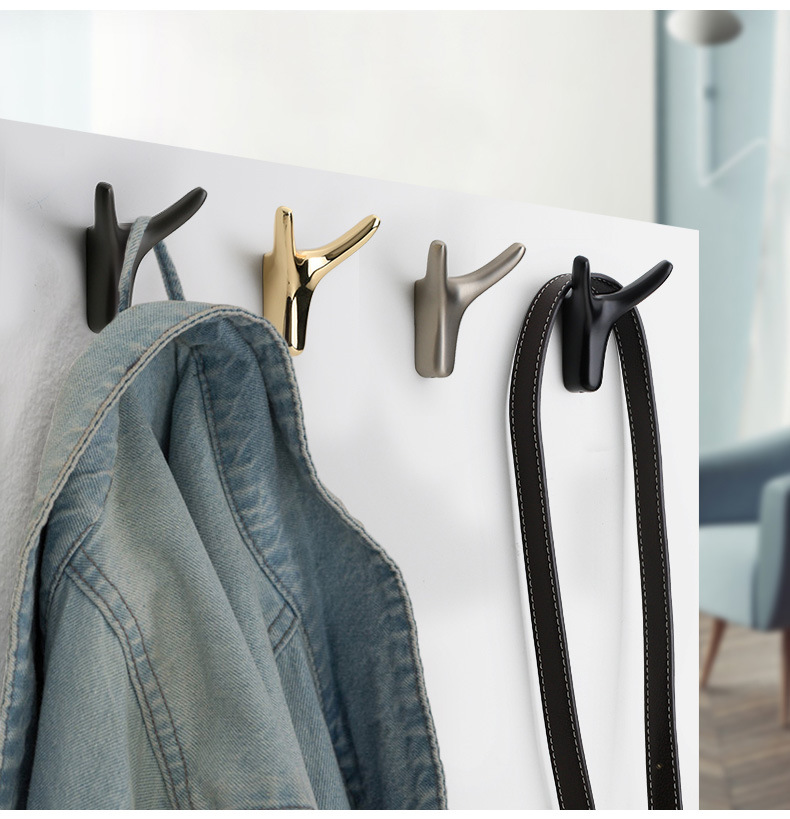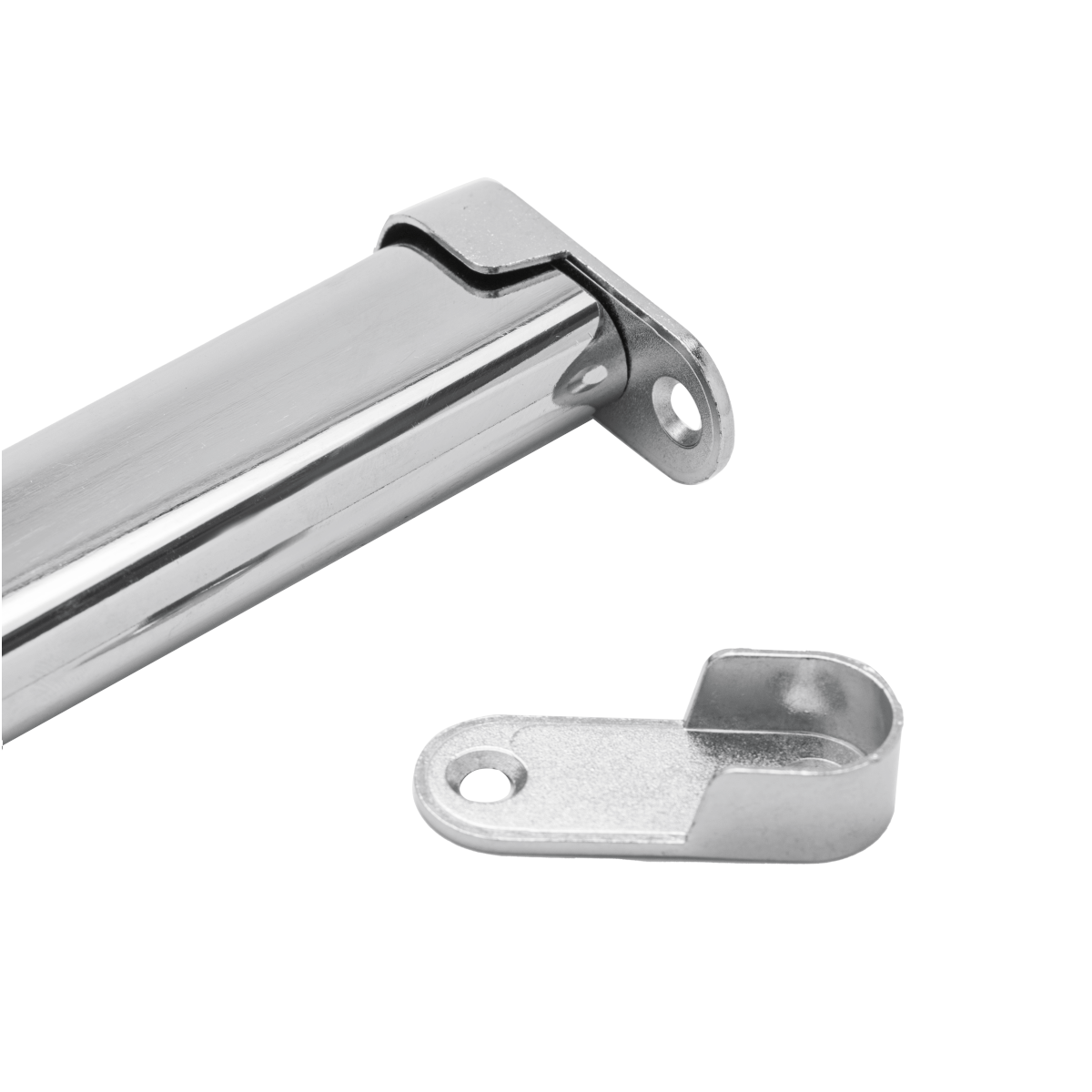
ABOUT
Guangzhou Toplink hardware Co., Ltd specialized in the production and export of furniture hardware fittings, with an experience of more than 14 years.
Our main products are drawer locks, cabinet hinges, sliding rails, cabinet handles, casters, cabinet legs and connecting fittings etc..
With a complete range of products, excellent performance and reasonable prices we have built up business with many customers all over the world.
We are committed to strict quality control and considerate customer service. We sincerely looking forward to becoming your best choice and the most reliable partner!
PRODUCTS
industrial door hardware parts
Types of Industrial Doors and Corresponding Hardware
The type of industrial door dictates the specific hardware required. Heavy-duty rolling doors, for instance, necessitate robust track systems, durable rollers, and powerful operators capable of handling significant weight and force. These systems often employ heavy-gauge steel components designed to withstand constant use and exposure to harsh environments. In contrast, sectional overhead doors, commonly found in garages and warehouses, utilize a different set of hardware, including hinges, springs, cables, and trolleys that work in concert to lift and lower the door sections smoothly and safely. Similarly, sliding doors, often seen in large industrial facilities, require different hardware including strong guides, rollers, and potentially motorized drive systems.
High-speed doors, which prioritize rapid opening and closing speeds for efficient material handling, demand specialized hardware. These doors typically incorporate sophisticated safety features, such as photoelectric sensors and pressure-sensitive edges, alongside high-performance motors and drive systems. Each type of door necessitates hardware specifically engineered for its operational demands and safety considerations, highlighting the importance of selecting the right components for the specific application.
Rollers and Track Systems: The Foundation of Movement
Rollers are fundamental components, bearing the weight of the door and facilitating its movement along the track system. In rolling doors, these rollers are crucial for smooth operation, often made from high-quality materials like hardened steel or nylon to withstand heavy loads and resist wear and tear. The design of the rollers influences the door's efficiency, with variations in bearing types and wheel diameters affecting the rolling resistance and overall lifespan. Regular lubrication is essential to minimize friction and prevent premature wear.
The track system itself, whether straight, curved, or incorporating complex configurations, provides the pathway for the rollers. The track's material, typically steel, is chosen for its strength and durability, and its alignment is critical for smooth and safe door operation. Misaligned or damaged tracks can lead to binding, jamming, and potential damage to the door and its components. Regular inspection and maintenance of the track system are therefore vital for maintaining optimal performance and preventing costly repairs.
Operators and Motors: Powering the Doors
For larger and heavier industrial doors, motorized operators are essential. These can range from simple electric motors driving a chain or gear system to sophisticated, programmable systems with safety features and integrated control panels. The choice of operator depends on factors such as door size and weight, required speed, frequency of use, and environmental conditions. Operators require regular maintenance to ensure continued performance, including lubrication, inspections, and potential component replacements.
Different types of motors are employed, with AC motors being common due to their reliability and relatively low cost. DC motors offer finer control and are often preferred in situations requiring precise speed adjustments or soft starts and stops. The motor's power rating is crucial; an underpowered motor can struggle to open and close the door reliably, potentially leading to damage and safety risks. Proper sizing and selection are essential for efficient and safe operation.
Safety and Security Features
Industrial door hardware incorporates various safety and security features to protect personnel and assets. Photoelectric sensors detect obstacles in the door's path, automatically stopping or reversing its movement to prevent accidents. Pressure-sensitive edges detect contact and react accordingly, preventing pinching or crushing injuries. These features are particularly critical for high-speed doors and those operating in high-traffic areas.
Security features can include robust locking mechanisms, often integrated with access control systems. These systems might involve keypads, card readers, or even biometric authentication, controlling access to secure areas. The security level is tailored to the specific application's needs, ensuring only authorized personnel can access restricted zones. Regular testing and maintenance of safety and security features are crucial for guaranteeing ongoing protection and preventing vulnerabilities.
Maintenance and Replacement
Regular maintenance of industrial door hardware is essential for preventing costly downtime and ensuring operational efficiency. This involves regular lubrication of moving parts, inspections for wear and tear, and prompt replacement of damaged components. A preventative maintenance schedule can significantly extend the lifespan of the hardware and minimize the risk of unexpected failures.
When components do need replacement, choosing high-quality, compatible parts is crucial. Using inferior parts can compromise safety and lead to premature failures, negating the benefits of maintenance. Proper installation by qualified technicians is also critical to ensure optimal performance and long-term reliability. Investing in quality hardware and consistent maintenance significantly reduces long-term costs and maximizes the lifespan of the industrial door system.
SUBSCRIBE
INQUIRY
